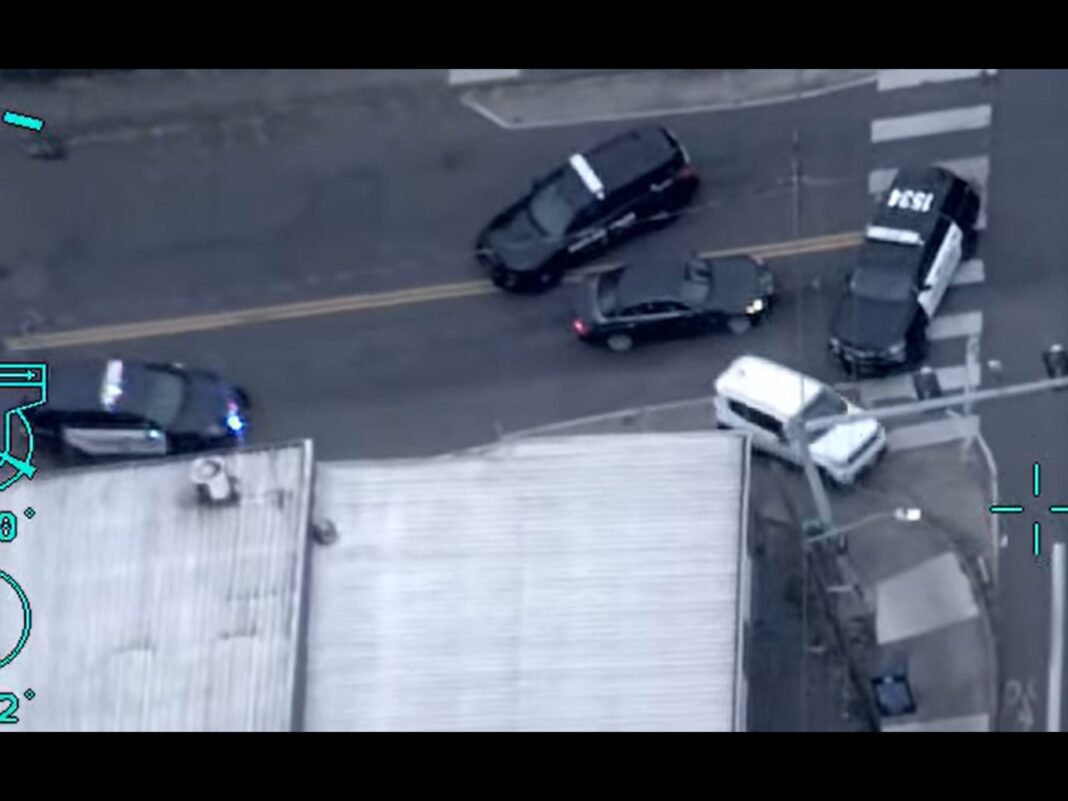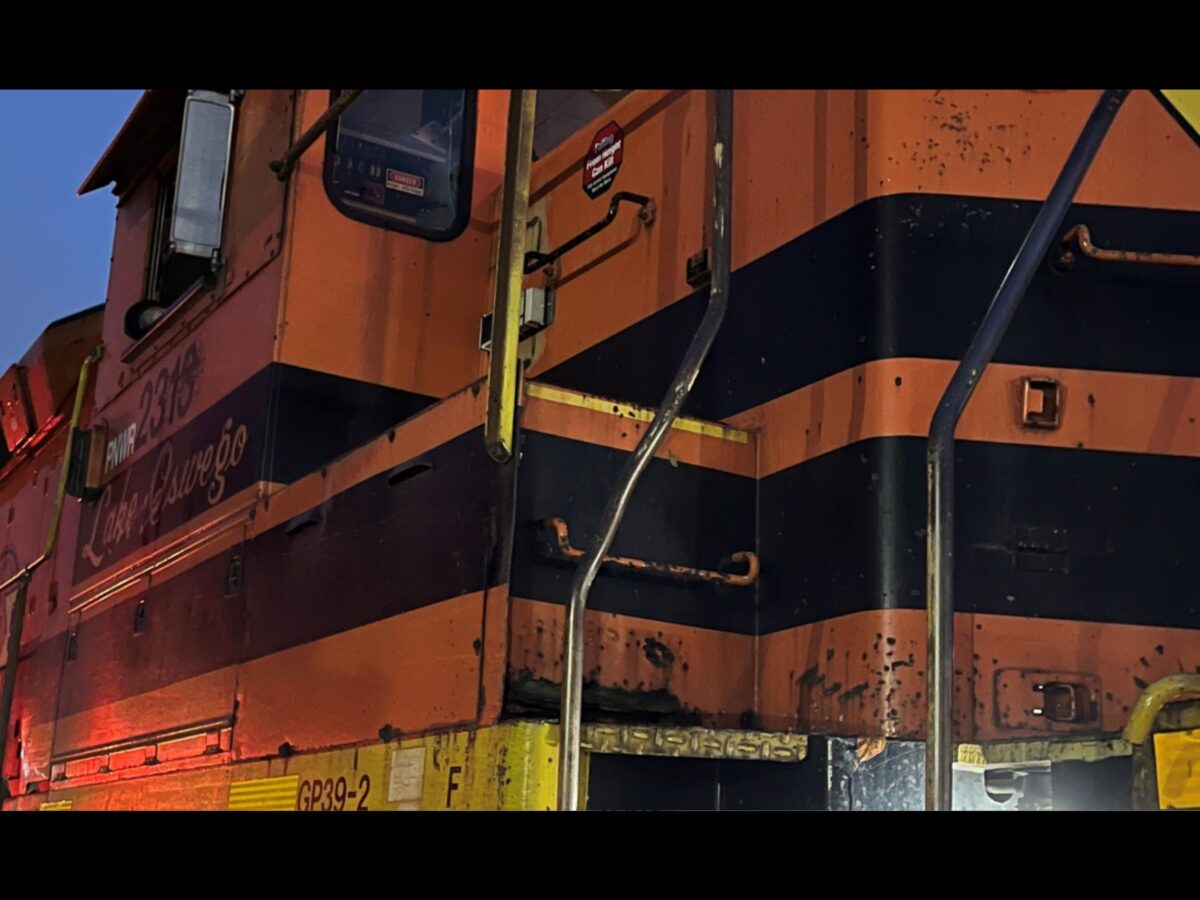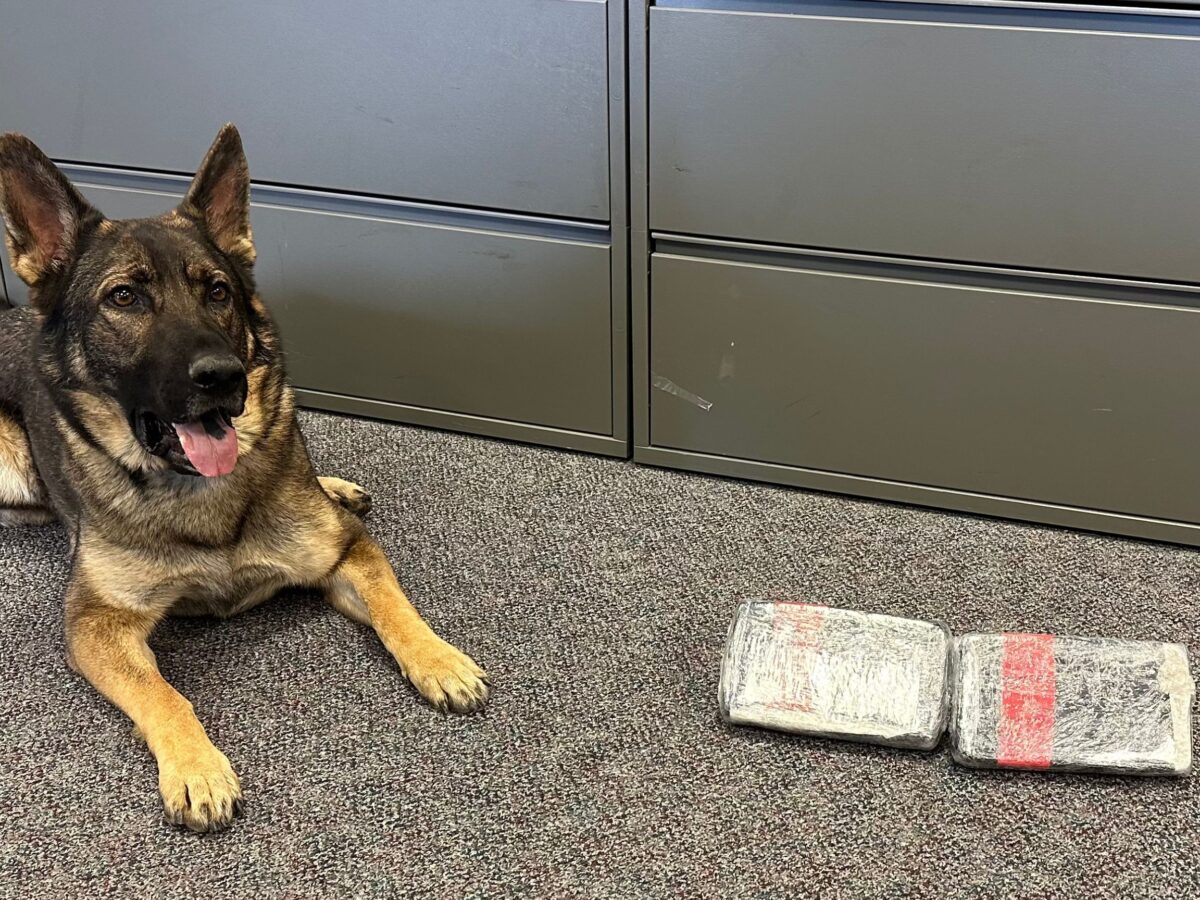The Portland Police Bureau (PPB) is shifting policy on vehicle pursuits, including lowering the threshold for authorizing pursuits, but also holding members to a clear standard to manage pursuits and carefully consider the public safety risk they pose. The change, which goes into effect in 30 days, is an effort to balance critical public safety needs in Portland.
History:
In 2017, PPB implemented a heavily revised Directive 630.05: Vehicle Interventions and Pursuits. The policy change significantly restricted members from initiating vehicle pursuits to limited circumstances, including when there is reasonable suspicion to believe the suspect committed a felony person crime or where the suspect’s driving conduct, prior to the initiation of a stop, displayed a willful disregard for the safety of others that reasonably placed the public in immediate danger of serious bodily harm or death.
Since that change there has been a significant propensity for criminal suspects to elude traffic stops, often driving extremely dangerously despite no officers chasing them. A recent example occurred during a recent Stolen Vehicle Operation in East Precinct: https://youtu.be/zoF-BkzRyV8?feature=shared&t=50 .
In cases like this, policy restrictions have impeded officers’ efforts to quickly intervene and end the suspect’s dangerous driving behavior. Some vehicle eludes have ended with serious injury crashes and even fatalities, including a deadly crash in June involving robbery suspect eluding a Gresham Police stop. The driver continued recklessly driving despite no police chasing him and caused a crash that killed a Portland woman (see attached photos, previous news release: https://www.portlandoregon.gov/police/news/read.cfm?id=492953 ).
Anecdotally, suspects have repeatedly told officers that they are aware of PPB policy and they are more likely to try to elude thinking their chances of escape are higher in Portland than other jurisdictions.
Balancing Risks:
Apprehending suspects is key to the Bureau’s mission of reducing crime and the fear of crime; however, the Bureau recognizes that vehicle pursuits are dynamic and rapidly evolving in nature and, as a result, have inherent safety risks. Therefore, members are expected to only engage in pursuits when the benefits to the public clearly outweigh these inherent risks.
Nationwide, agencies are in conversations with their communities about their pursuit policies as they respond to changes in the overall landscape of law enforcement. PPB’s shift in policy is consistent with this trend, as the Police Bureau, like others, aims to address a local public safety need more adequately.
Extraordinary Circumstances:
The new policy clarifies the existing practice of authorizing pursuits in extraordinary circumstances. Specifically, it creates an explicit set of factors for supervisors to weigh when deciding whether to authorize a pursuit that falls outside of the normal person felony, or dangerous driving behavior standard. Additionally, the updated policy asks members to consider the totality of the circumstances, what course of action is most likely to keep the community safe, and provides them the tools to do so effectively. It also removes barriers to using certain tools and pursuit interventions. Finally, it changes the “known suspect” rule, allowing pursuits of known suspects in circumstances where deferring attempts at apprehension would be more dangerous.
Elimination of Speed Requirements:
The policy changes the standard for all vehicle interventions (box-in, PIT, ramming) to objectively reasonable under the totality of the circumstances, and the other requirements embedded in Directive 1010.00 Use of Force. This eliminates speed requirements. The reason for the changes is to promote individualized decision making by officers, and to reflect the legal standard under the 4th Amendment, as well as the current version of Directive 1010.00. Each decision to use force is highly individualized and fact specific, and officers should not be focused on speed to the exclusion of other elements such as vehicle condition, traffic, etc.
Special Missions:
The updated directive allows pursuits to be authorized for crimes other than felony person crimes when they are planned as part of a specific mission or operation. This change was made because it is possible to reduce, though not eliminate, the risks of pursuits when resources are put in place and specific planning around circumstances and contingencies is possible. The overriding principle is still that the benefits of apprehension must always outweigh the risk of a pursuit. The mission plan must include sufficient resources and planning to make resolution of pursuits faster, and more likely to be successful. There must also be an articulation of why pursuits are necessary to fulfill the goals of the specific mission.
Clarified Definitions:
A goal for revising the policy was to clarify several definitions and procedures, to make them easier to understand and create a more objective standard. Those changes include:
-Pursuit: The pursuit definition was changed to make it clearer, and to focus specifically on preventing dangerous driving by officers outside of a declared pursuit.
-Trailing: This definition was added to clarify an existing practice of allowing officers to follow an eluding suspect so long as their driving behavior neither induces the suspect to flee or engage in dangerous behavior, and the officers themselves are not creating a risk to the public.
-Extraordinary Circumstances: the updated policy codifies a previously allowed form of pursuit authorization. The new language creates an explicit set of factors for supervisors to weigh when deciding whether or not to authorize a pursuit that falls outside of the normal person felony, or dangerous driving behavior standard.
Members must terminate a pursuit when the safety risks posed to the community clearly outweigh the benefit of capturing the suspect.







